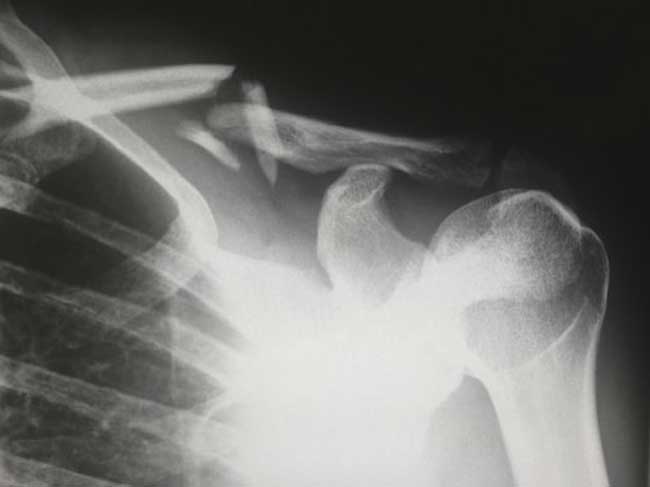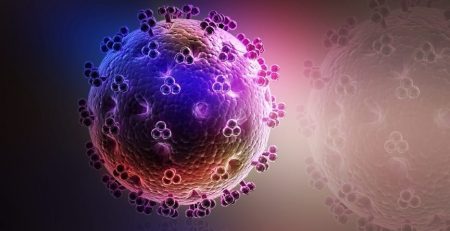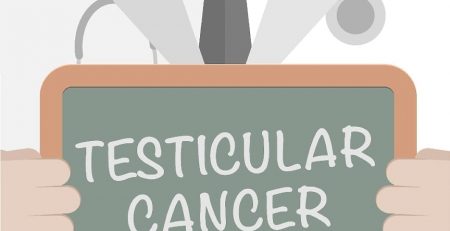New Study Could Pave the Way for Individualized Pain Management
It’s no secret that men and women experience pain differently, but it was never completely clear why. Now, a recent study of female mice may be able to shine some light on why women are more vulnerable to developing pain than men, and it all lies in a hormone produced in the pituitary gland, IFLScience.com reports.
Dr. Frank Porreca, of the University of Arizona College of Medicine and senior author of the study, notes it has always been understood that women are more likely to experience something called “functional pain syndrome”, a type of pain that occurs without injury, than men. Their study recently featured on the cover of Science Translational Medicine, identified a neurohormone called prolactin, which is produced and released from the pituitary gland at the base of the brain, as the culprit.
Prolactin is an endocrine hormone that is known largely for promoting lactation in expectant mothers but can also be found in low levels in both nonpregnant women and men. Now Porreca and his team of researchers believe the presence of this hormone may be the key difference in the amount of pain experienced by each gender.
The prolactin receptor regulates the sensitization of the neuro fibers that conduct pain impulses and pain from opioids, known as opioid-induced hyperalgesia. Porreca argues that this second point is especially important because they found opioids produce a release of prolactin in women that, instead of helping manage pain, actually increase it.
These findings have the potential of paving the way for individualized pain-management therapies that would greatly benefit women who suffer from functional pain syndromes.
“Of all these female-prevalent pain disorders, migraines are among the most common, with about 35 million migraine patients in the United States, and three out of four of those are women. In addition, in fibromyalgia patients, as many as nine out of 10 are women; for irritable bowel syndrome, three out of four are women. When you add up all those women with pain – if you can normalize that – this would provide a huge and important impact on medical care,” Porreca said in a statement.
Dr. Edita Navratilova, another author of the paper, suggests that dopamine D-2 receptor agonist drugs that limit prolactin release, possibly in conjunction with other classes of medications, may be able to help more women manage their pain. Even better? They’re already commonly used to treat other conditions and, unlike opioids, and not addictive.
“If we could just reduce the proportion of women who have migraines to the same amount as in men, that would be quite revolutionary,” Navratilova said.














